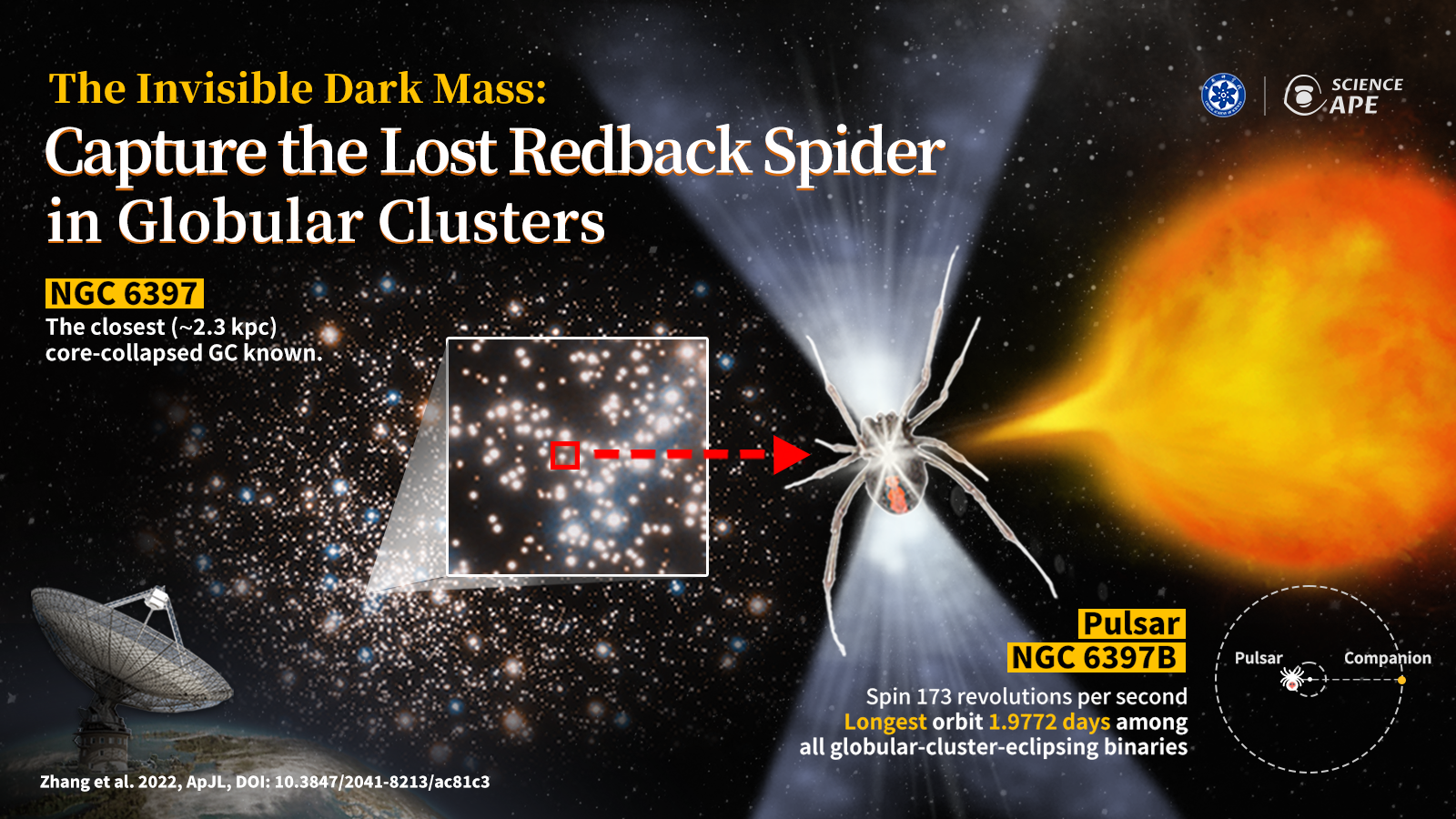Reviewed by Alex SmithAug 18 2022
MSPs, or millisecond pulsars, are evolved neutron stars with brief spin periods that underwent extensive mass transfer during a low-mass X-ray binary phase. The environment for the development of MSPs is abundant in globular clusters (GCs), which are collections of tens of thousands or millions of stars.
 Radio detection of an elusive millisecond pulsar, PSR J1740-5340B (NGC 6397B), in the Globular Cluster NGC 6397 with the Parkes radio telescope in Australia. Image Credit: NAOC/ScienceApe
Radio detection of an elusive millisecond pulsar, PSR J1740-5340B (NGC 6397B), in the Globular Cluster NGC 6397 with the Parkes radio telescope in Australia. Image Credit: NAOC/ScienceApe
The single MSP in NGC 6397, one of the two GCs closest to Earth, had only recently been discovered.
In the adjacent GC, researchers have now discovered a second pulsar and have a clearer understanding of why previous pulsars have “gone missing.”
Dr. Lei Zhang from the National Astronomical Observatories of the Chinese Academy of Sciences (NAOC) observed NGC 6397 with the Parkes radio telescope in Australia and found a new 5.78 ms-period MSP, named PSR J1740-5340B (NGC 6397B), in an eclipsing binary system. The MeerKAT radio telescope in South Africa verified this finding.
The pulsar NGC 6397B can only be seen when it is on the side of its orbit nearest to the viewer. Among all eclipsing binaries in GCs, its calculated orbital period of 1.97 days is the longest.
The orbital period of the previously identified X-Ray source U18, which was earlier referred to as a “hidden MSP,” is likewise compatible with this orbital period. The current study has now established that NGC 6397B is U18.
On July 28th, 2022, the research was published in The Astrophysical Journal Letters.
The Parkes radio telescope’s ultra-wideband low (UWL) receiver system was used to conduct the first coherently de-dispersed search for new pulsars in NGC 6397, according to Professor Di Li of NAOC, who is also the study’s corresponding author.
Dr. Zhang found the new pulsar using information from the Parkes radio telescope’s initial observation on April 12th, 2019. Over the course of three years, the Parkes radio telescope made a total of 39 observations, while the MeerKAT radio telescope also made two observations.
The radio signal from NGC 6397B is extremely feeble, and it has a long radio-quiescent period. The researchers hypothesized that NGC 6397B could potentially be a stand-in for a subclass of binary pulsars that are incredibly weak and extensively obscured.
According to the researchers, this could explain why there seem to be more isolated pulsars in the dense cores of GCs, where stellar interactions are predicted to produce binaries more frequently. In other words, binaries might not actually be missing — just difficult to find.
As they are immersed in plasma clouds or are continuously accreting matter due to their companion stars, these dim pulsars are difficult to detect in radio frequencies, according to the researchers.
Future studies could determine whether these ideas accurately explain why there are fewer binary pulsars in GCs.
Journal Reference:
Zhang, L., et al. (2022). Radio Detection of an Elusive Millisecond Pulsar in the Globular Cluster NGC 6397. The Astrophysical Journal Letters. doi:10.3847/2041-8213/ac81c3